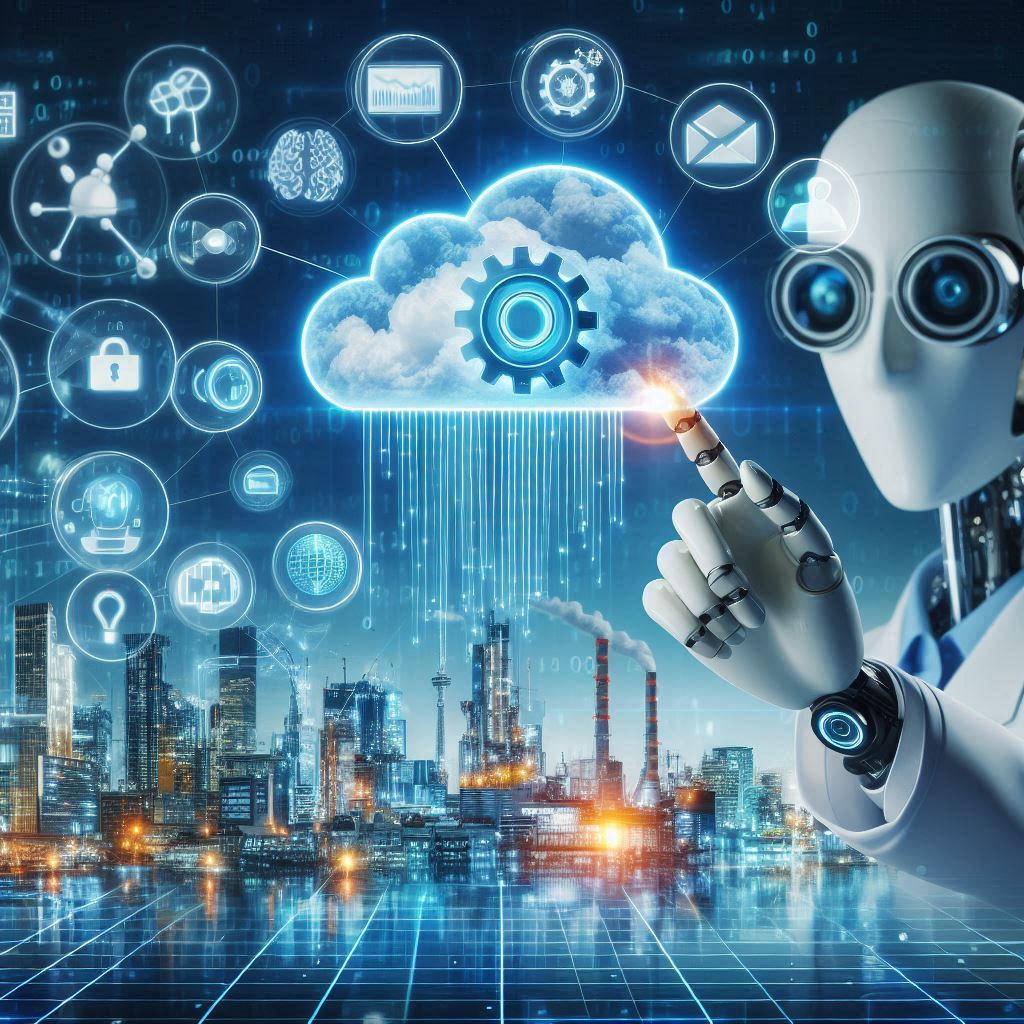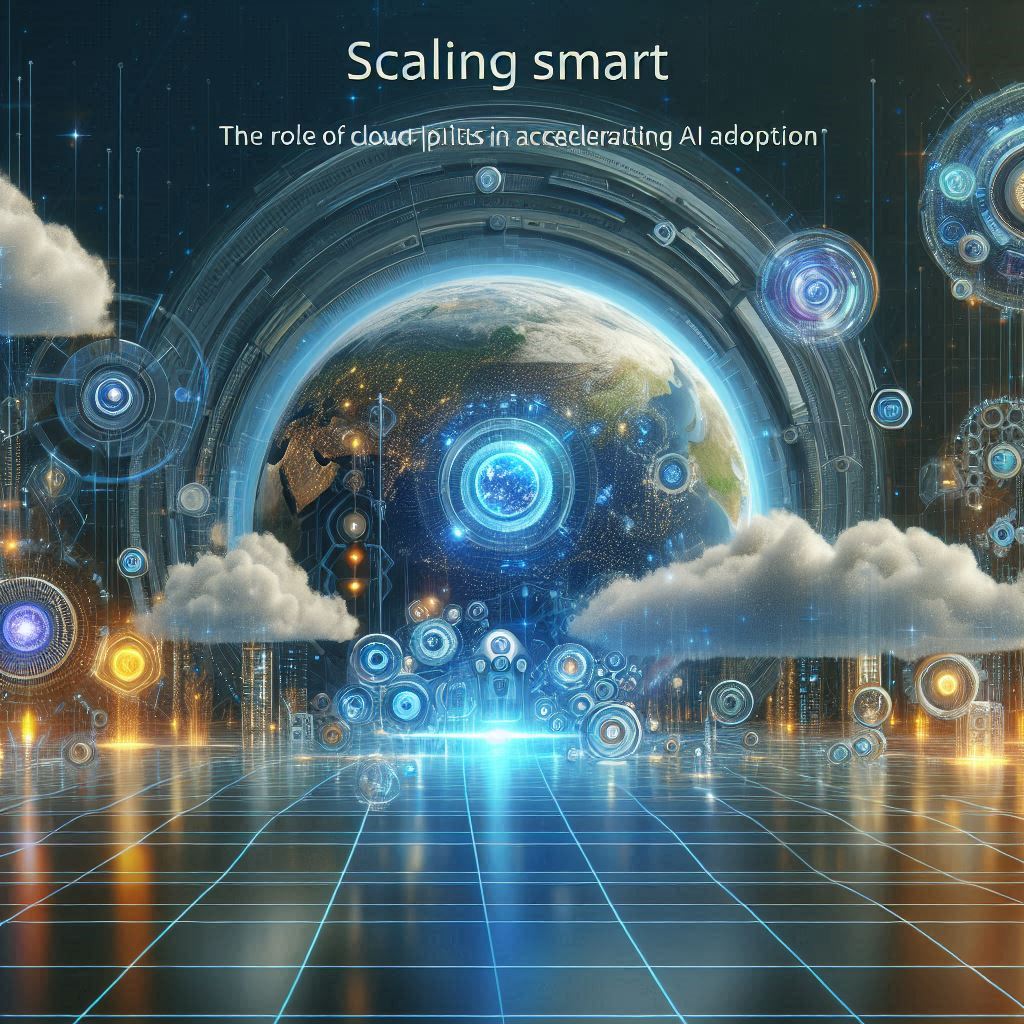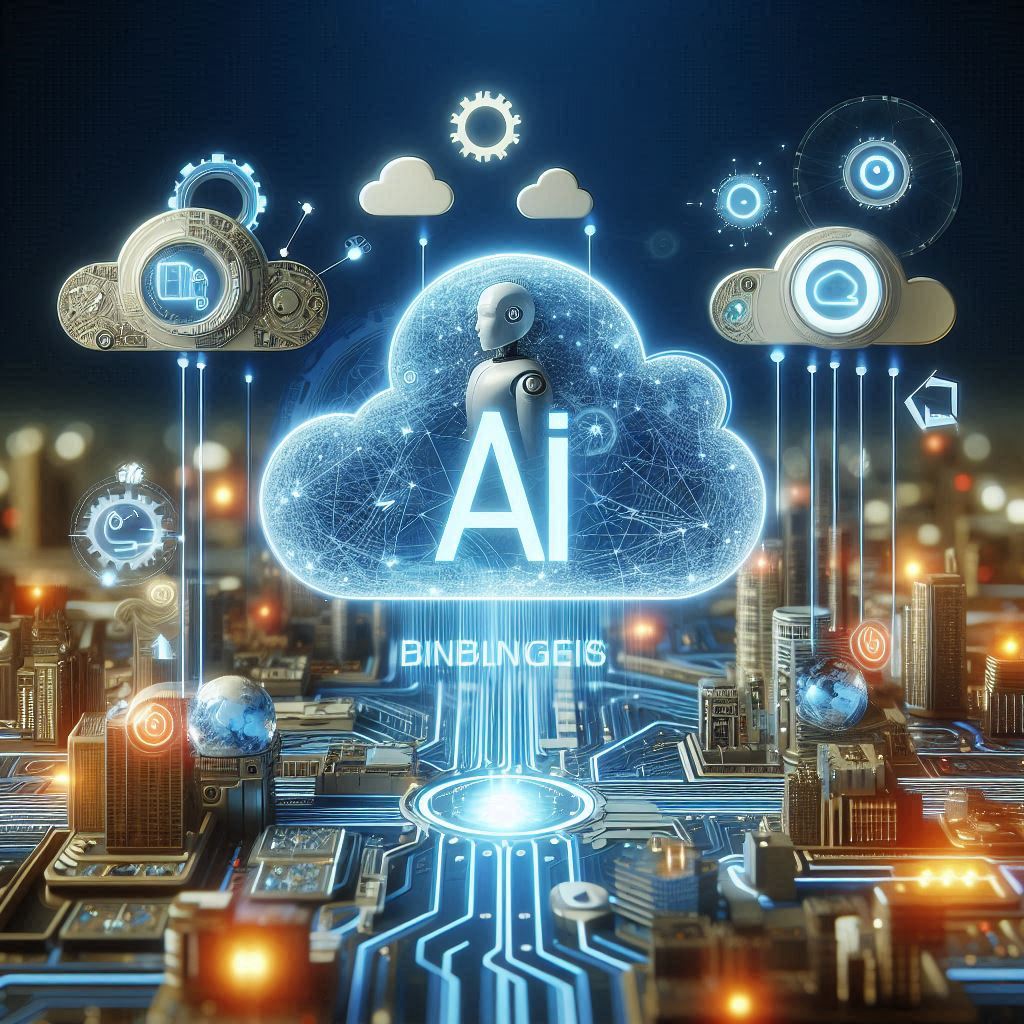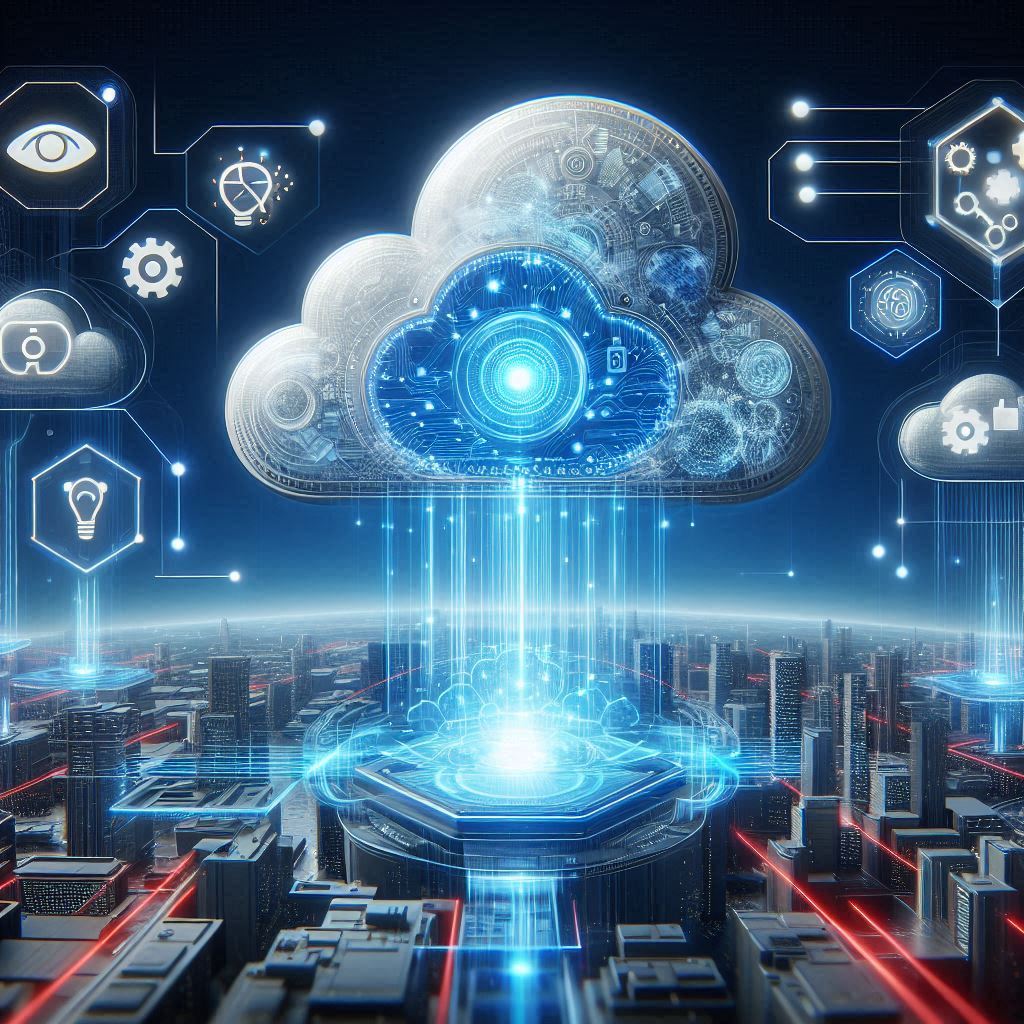The dawn of 2025 marks a transformative era where cloud-based artificial intelligence (AI) is no longer a futuristic concept but an everyday catalyst for industrial automation. From manufacturing floors to financial institutions and retail chains, the synergy between cloud computing and AI is reshaping how businesses operate, innovate, and compete globally. Let’s take a look at how this fusion is altering the landscape—and what lies ahead.
A Glimpse at the Past: From Manual to Machine-Driven
In the past, automation was largely confined to mechanical processes—think of assembly lines or basic robotic arms. These systems, although groundbreaking in their time, lacked flexibility and required significant investment in hardware. Software-based automation gradually entered the scene in the early 2000s but was still limited by on-premise infrastructure, slow data processing, and isolated systems.
Fast-forward to today, the rise of cloud platforms has erased many of these barriers. The scalability and accessibility of the cloud allow AI algorithms to process massive datasets in real-time, offering previously unimaginable insights and adaptive automation solutions.
Industry Adoption in 2025: Numbers Tell the Story
According to a Gartner report published in January 2025, over 63% of global enterprises have integrated at least one cloud-based AI solution into their operational workflow. This figure was just 25% in 2020—a staggering 152% growth over five years.
Here’s how specific sectors are leveraging this trend:
- Manufacturing: Predictive maintenance powered by AI in the cloud has reduced unplanned downtime by 30% in smart factories.
- Retail: AI-driven inventory forecasting has improved stock efficiency by up to 40%, significantly reducing waste and lost sales.
- Healthcare: Real-time patient monitoring systems, supported by cloud-based AI, are helping hospitals cut emergency response time by an average of 21%.
- Finance: Fraud detection algorithms have become far more effective, identifying fraudulent activity 25% faster than traditional systems.
Cloud-based automation is no longer a luxury; it’s a competitive necessity.
The Secret Sauce: Why Cloud and AI Work So Well Together
The cloud serves as the ultimate data playground. With an endless supply of storage and processing power, AI algorithms can continuously learn and evolve. This partnership offers several game-changing advantages:
- Scalability: Companies can expand automation initiatives without heavy capital investments.
- Flexibility: Whether you’re a small startup or a global conglomerate, solutions can be customized and deployed rapidly.
- Accessibility: Teams across continents can tap into centralized intelligence to make informed decisions in real-time.
- Cost Efficiency: Pay-as-you-go pricing models lower entry barriers and make sophisticated AI tools accessible to a broader range of businesses.
The Future: What’s Next?
Looking toward the future, experts predict a new wave of AI-powered automation that goes beyond reactive responses to proactive decision-making. According to McKinsey’s 2025 Tech Horizon Report, by 2030, AI-enhanced automation could account for up to 70% of all customer service interactions, most of them managed by adaptive, cloud-hosted agents that understand human emotions and intent.
Emerging areas like quantum computing and edge AI are also expected to integrate with cloud platforms, opening doors to even more dynamic and decentralized automation frameworks.
Moreover, governments are getting involved. Initiatives such as the EU’s AI Act and similar policies in North America and Asia aim to balance innovation with ethical boundaries, ensuring that automation technologies serve humanity responsibly.
Challenges Still Remain
Of course, it’s not all smooth sailing. Data security remains a top concern. As businesses hand over more control to AI, questions about transparency, bias, and accountability persist. Organizations must focus on ethical implementation and regulatory compliance to safeguard both business interests and public trust.
Final Thoughts
The interplay between cloud technology and artificial intelligence is the driving force behind a new industrial revolution in 2025. What once existed only in the realm of science fiction is now being deployed across shop floors, hospitals, and financial markets. And as industries evolve, so too must our understanding of what’s possible.
Unlike the past, where automation was rigid and reactive, today’s solutions are intelligent, adaptive, and cloud-powered. The future belongs to those who embrace this evolution not as a challenge but as an opportunity.
Sources: Gartner, McKinsey & Company, European Commission AI Policy Updates (2025), IDC Cloud Intelligence Survey.






